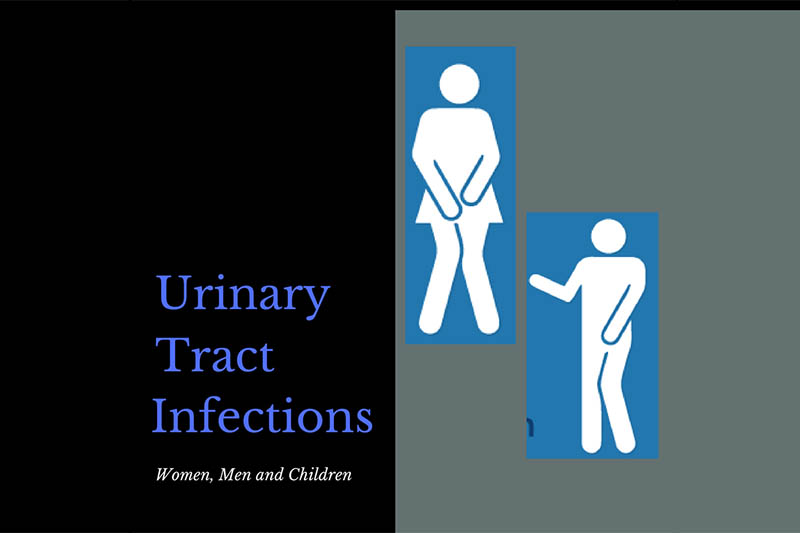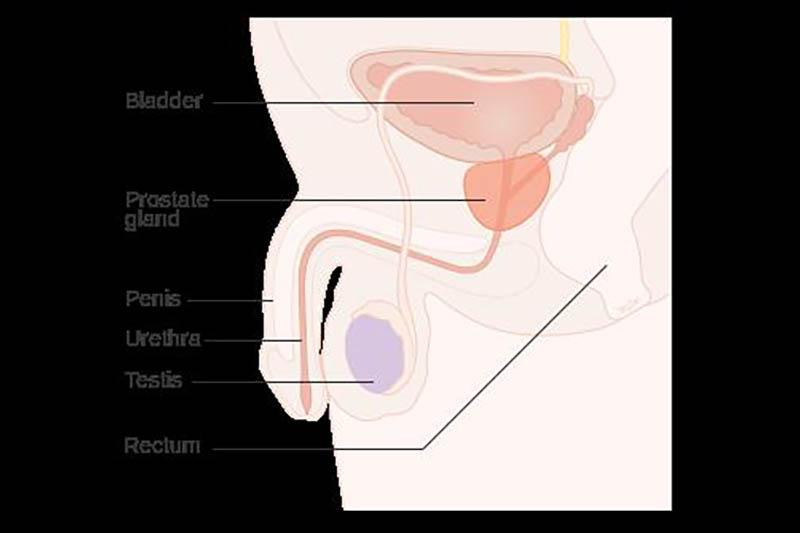
What are UTI’s? Urinary Tract Infections
Do you… Frequently or urgently need to urinate Often only pass small amounts of urine Have Pain or burning sensation when urinating These can be symptoms of urinary tract infections. There

In 2012, 20,065 new cases of prostate cancer were diagnosed in Australia. This represents 30% of all cancers diagnosed in Australian men. The risk of being diagnosed with prostate cancer by age of 85 is 1 in 5 men.
In 2013, there were 3,112 deaths caused by prostate cancer, accounting for 13% of all cancer deaths in Australian men.
Having a first degree relative with the disease increases the risk 2 to 3 fold. Other factors that may be involved include a diet high in processed meat, red meat, or milk products or low in certain vegetables. An association with gonorrhoea has been found, but a reason for this relationship has not been identified. Prostate cancer is diagnosed by biopsy. Medical imaging may then be done to determine if the cancer has spread to other parts of the body.
Urinary symptoms are nonspecific and include frequent urination, particularly at night, pain on urination, blood in the urine and a weak stream. More widespread disease often spreads to the bones and gives pain or unexplained weight loss and fatigue.
Diagnosis is made using a digital rectal examination to feel the prostate and a blood test for PSA. A rectal ultrasound can image the prostate and multiple needle biopsies are used to detect the disease and determine its aggressiveness (the Gleason grade of 1-5 is added from two samples to form a score; low scores of 2-4 indicate slow growing disease).
It is recommended for all males over 50 to have a prostate examination every couple of years (Dependant on examination results by your medical practitioner).

Do you… Frequently or urgently need to urinate Often only pass small amounts of urine Have Pain or burning sensation when urinating These can be symptoms of urinary tract infections. There
Disclaimer – Our intent is not to diagnosis but to offer information on therapy choices and practitioners. Information on this site is intended general educational purposes only. Any statements made are carefully referenced and any information, products or services discussed are not intended to diagnose, cure, treat or prevent any disease or illness. Please consult a healthcare practitioner before making a choice.